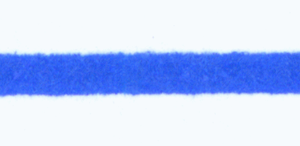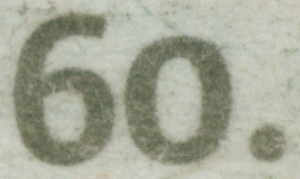Color bleeding (printing)
Appearance

In printing and graphic arts, mixing of two dissimilar colors in two adjacent printed dots before they dry and absorb in substrate is referred to as color bleeding.[1] Unless it is done for effect, color bleeding reduces print quality.
Prior art applied this term to the phenomenon of single color ink following the fibers of the paper.[2]
The amount of bleeding is affected by numerous factors, including the paper type,[3] paper's characteristics of ink absorption and its capillary action,[4] ink type and properties (speed of ink drying), printing technology (i.e. nozzle design and spacing with ink jet printers).

See also
[edit]References
[edit]- ^ "Minimizing color bleed while maximizing throughput for color printing". Retrieved 2007-05-17.
- ^ "Black to color bleed control in ink-jet printing inks". Retrieved 2007-05-17.
- ^ Frank, Benjamin. "Choosing The Right Paper for Ink Jet Printing". Archived from the original on 2007-02-28. Retrieved 2007-05-09.
- ^ Atobe, Shozo. "Matching Inkjet Paper to the Job". Archived from the original on 2006-09-23. Retrieved 2007-05-09.
- Image bleed in color ink-jet printing of plain paper
- Color ink jet pen having nozzle group spacing to prevent color bleed
